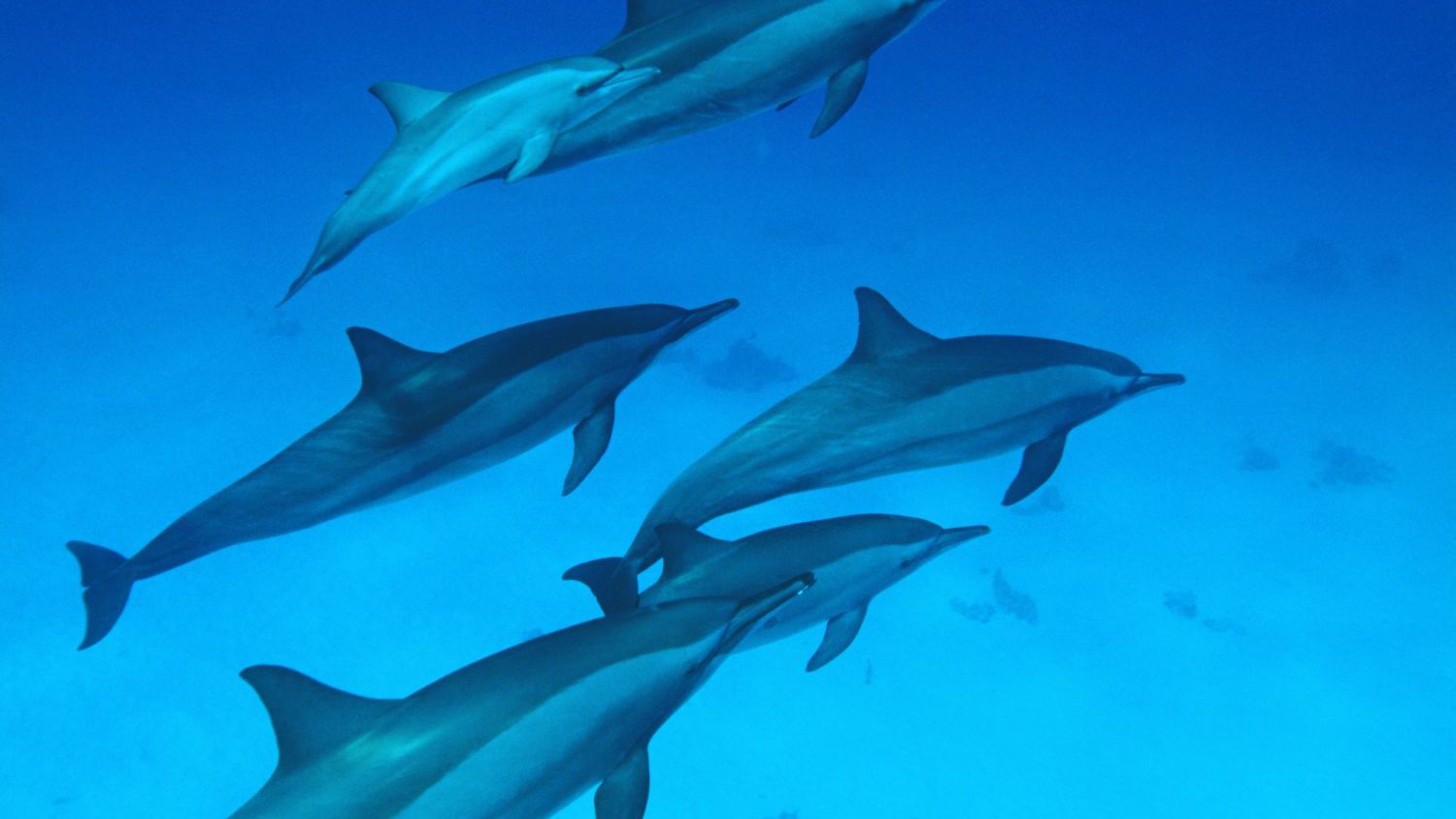Underwater Fin Could Break Speed Record

By Juliette Aplin, The Futures Centre
Animal Dynamics, a company formed of biomechanics from the University of Oxford’s Department of Zoology, is looking to break the human-powered water speed record in a canoe propelled by an underwater fin, mimicking the way that dolphins or whales swim.
The team believes that a flapping fin design could be a more efficient than a traditional propeller mechanism, as it works with the natural flow of water, rather than against it.
Instead of using paddles, the catamaran-style canoe has a hydrofoil under its bow which is operated by a driver using a pedaling system. The cycling motion drives a fin downwards through the water, creating the thrust to propel the canoe forwards.
Through studying the oscillation patterns caused by fins, wings and tails of animals, the team of researchers, led by Dr Adrian Thomas, has designed a finely tuned hydrofoil, or fin, to match the natural flow patter of the water passing over it.
Malolo, the prototype craft, has been built and the team will attempt to break the water speed record with it later in 2015.
Could fin-inspired designs be scaled up to propel larger ships more efficiently too, potentially decreasing their use of fuel over the same distance? As The Economist suggests, “if fins were added to the side of a ship, they could extract energy from the rolling motion and use it to drive a propulsion fin at the stem.”
The hydrofoil-shaped design converts greater kinetic energy into propulsion so increases the speed of the vessel whilst using less engine power.
Could this also help to address noise pollution? A study published in the journal Frontiers in Ecology and the Environment by team of international researchers called for international regulation to limit noise created by industrial activities such as shipping and seismic surveys. If the power required is reduced, the associated noise and vibrations would be also. If regulation on noise pollution at sea is introduced, could hydrofoil-designs be increasingly adopted?
Animal Dynamics is also exploring biomimicry to propel vessels on land and in the air. The team is working on a drone design using flapping wings instead of the overhead rotor spinning system currently used to hover – a design the researchers believe may cope better in strong and gusty winds.
Source: Fins and flippers inspire new propulsion system for vessels from The Futures Centre
The opinions expressed herein are the author's and not necessarily those of The Maritime Executive.
